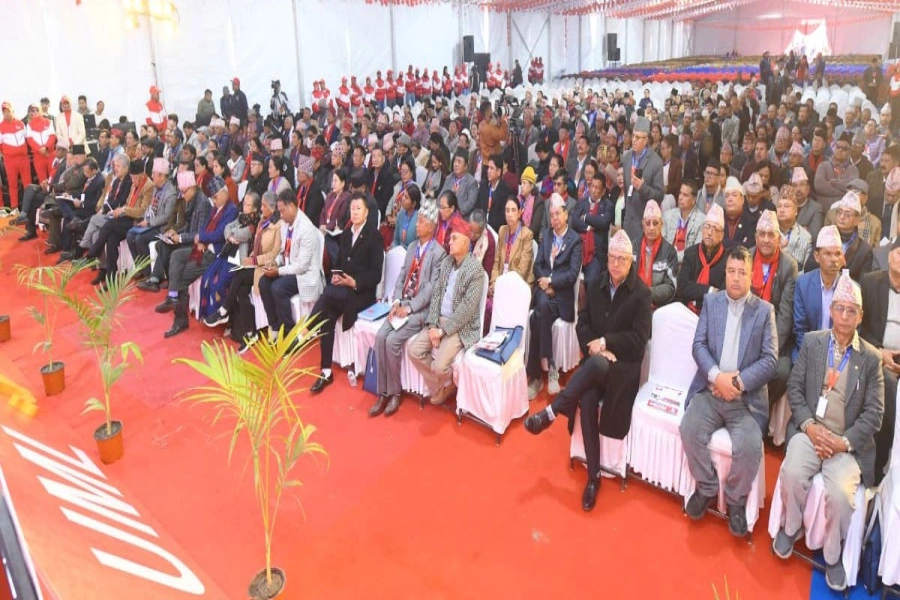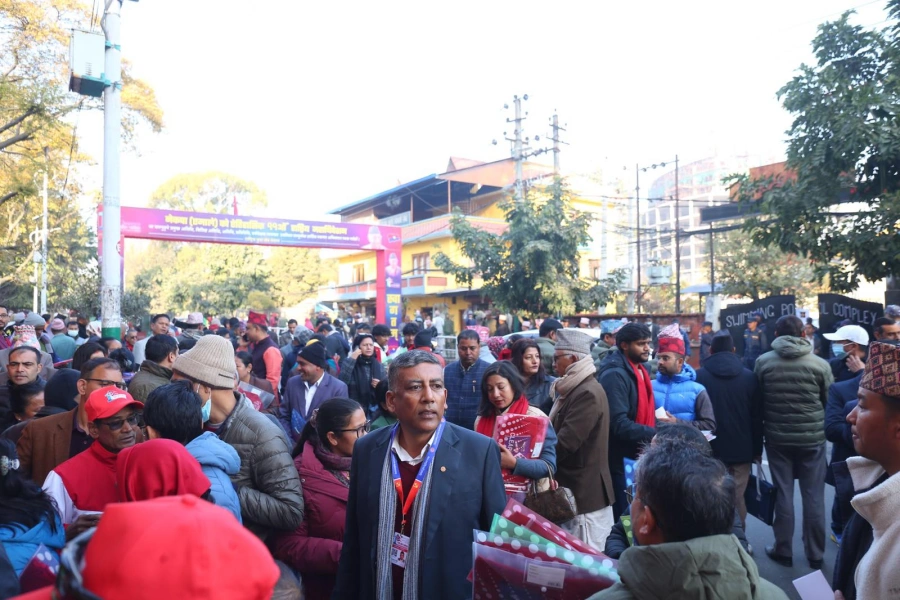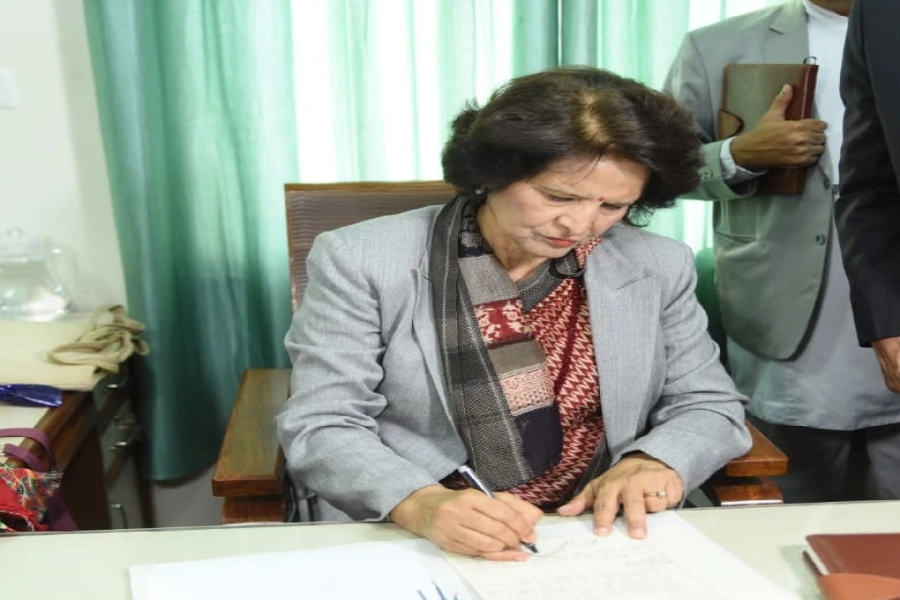Short-term interest rates to remain between 3 and 7 percent.
KATHMANDU, Nov 16: Nepal Rastra Bank (NRB) has introduced working procedure for interest rate corridor system in line with the revision made in the Monetary Policy for the current fiscal year 2017/18.
The central bank issued the new working procedure to implement the interest rate corridor system with a fixed interest rate of lending and deposit to and from BFIs, as well as the policy rate.
NRB reduces interest rate spread cap amid protest of traders, i...

By implementing the interest rate corridor system, the NRB wants to guide the short-term market interest rates of the banking sector within a certain range. Though the system was implemented by the NRB in FY 2016/17, the central bank has decided to revise the way it operates due to huge gap in the interest corridor. To fix the problem of huge gap in the corridor, the NRB has fixed the floor, ceiling and policy rates.
Standing liquidity facility (SLF) rate, which works as the ceiling in the interest rate corridor, has been fixed at 7 percent. This means that the NRB now lends funds to BFIs at 7 percent interest rate whenever they face shortage of liquidity for a short period of time.
On another hand, the NRB has fixed the two-week term deposit rate at 3 percent which forms the lower bound, or the floor rate, in the corridor system. This is the rate that the central bank offers to BFIs for excess fund that they deposit at the central bank. Though similar to the SLF, this is the instrument through which BFIs borrow from the central bank for a relatively long period of time, i.e. two weeks.
According to NRB officials, the central bank always aims to bring both the floor and ceiling rates closer to the policy rate. Now onwards, the short-term market interest rates would not fall below 3 percent while it cannot climb above 7 percent.
Bankers say that the revised interest rate corridor system would help to correct the problem of huge gap seen between the upper bound and lower bound of the corridor in the last fiscal year contrary to the objective of guiding short-term interest rates within a certain band. They also say that the interest rate corridor system will help to stabilize the interest rates of BFIs.
“The interest rate corridor system helps to keep check on interest rates volatility that the banking sector has been facing and ensure rate stability,” Bhuvan Dahal, CEO of Sanima Bank Ltd, said.
Though this may not necessarily directly or immediately affect the lending rates that general borrowers or deposit rates for general savers get, NRB officials say that the ultimate goal is to offer benefit of such interest rate stability to general depositors and borrowers through the transmission of the policy. “The interest rate corridor system is aimed at bringing ceiling and floor to a desired level,” Narayan Prasad Paudel, the spokesperson for the NRB, told Republica.


































